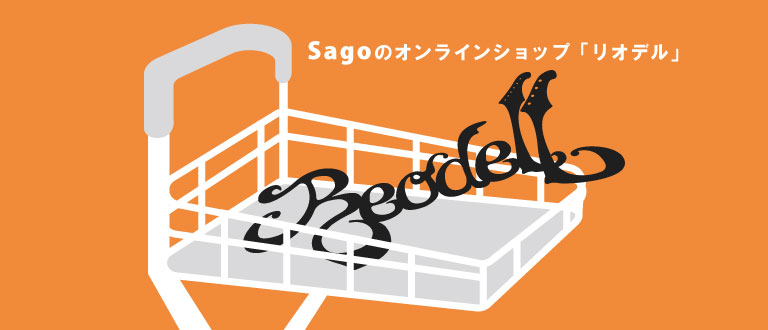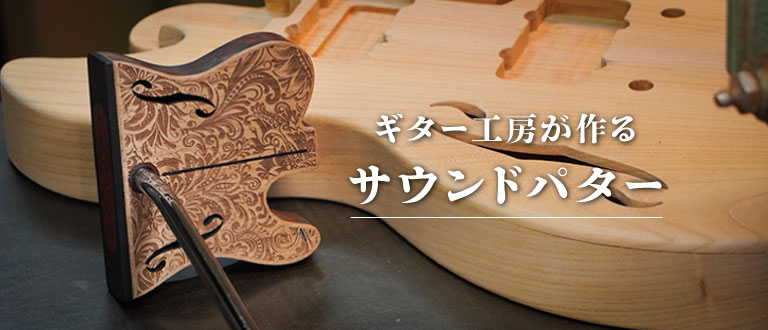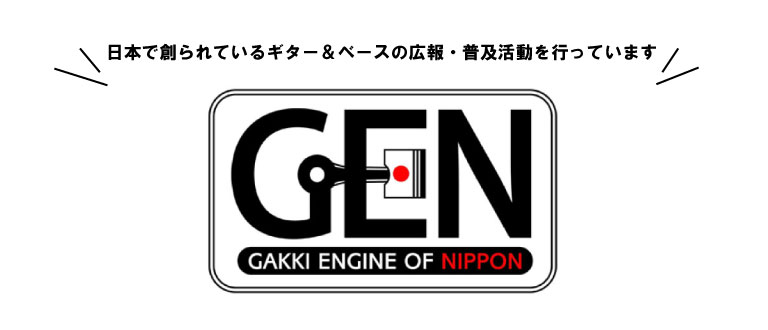Japanese Wood Material for Guitars and Basses

Sago has adapted Japanese Wood Material “和材” as the new material instead of the general materials for the instruments that are exhausted and rising the price.
What is the difference from the standard Alder, Maple, Mahogany or etc.?
We will introduce you its sound and feature point from our experience of the production.
Maple “楓”
It’s called “Japanese Maple”.
Maple “楓” is harvested in Japan.
The feature is hard same as a general hard hard maple.
It is suitable for the body top material or the neck material.
The grain is beautiful and the bark is white color.
It is possible to paint see-though color without the effect of the wood color.
Horse Chestnut “栃”
It is a little soft.
It has a luster like silk.
Horse chestnut has various bark and beautiful for example Flame, Figured, detailed Curly etc..
We usually received the orders for the body top material.
It has white color or pale yellow.
The bark is clear, so it is possible to paint see-though beautifully.
Zelkova “欅”
We produce many guitars & basses with Zelkova “欅” when we adapt Japanese wood materials for the instruments.
It is popular because the impression of the looks and the sound are great.
The bark is clear and exiting, it is so cool.
The color is deep orange.
It is big impact when the finish is natural as the photos.
The feature of sound is strong middle tone and sharp attack.
Chesnut “栗”
The feature of Chesnut is similar to the Ash.
The lighter material is like the Light Ash.
The heavier material is like the white Ash.
It is good match not only single coil pickups but also humbacker pickups because it has moderate high tone.
The color is a little yellow and the vessel is comparatively big.
It is good match with the painting thinly for example thin lacquer.
Chinaberry “栴檀”
Chinaberry ”栴檀” is called “Japanese mahogany”.
We think similar sound of mahogany due to same Meliaceae as mahogany.
We have similar feeling in production.
We recommend it when you require mahogany sound with Japanese wood materials.
Magnolia Obovata “朴”
It has is moderate viscosity, not too hard.
The specific gravity is similar to Basswood.
It has flashy grain but it is cool feeling.
The heartwood is deep dusky green color and the sap wood is light grey color.
Diospyros Kaki “黒柿”
It is white color in generally but sometimes it has black pattern like this.
In our image before the produce is hard.
But it is not so harder than ebony that is same ebenaceae.
It is usually adapted for body top material due to the amazing looks.
It is very nice that is one and only like an ink painting.
Distylium Racemosum “柞”
Distylium Racemosum “柞” is the heaviest and hardest in the Japanese wood materials.
The looks is a little pale color like left photo.
※The deep color one of the right photo is rare.
Sago have produced a lot of guitars and basses with it but the distribution of the wood material is not so much.
Live Oak “樫”
Live Oak is suitable for the neck material that is severe for bent or durability.
It is more tenacious and harder than the other Japanese wood materials.
It used to be for the haft of the tools that is require the strength since long ago in Japan, so we consider it for neck material.
It has enough hardness to bear the tension of the bass strings.
And also, it is used for the barrel.
It has water resistance.
When it is painted the oil finish, we think it has strength not to bend due to the sweat or humidity.
The tiger stripe that is different pattern from the grain of the fingerboard material is very cool.
Comment
Regarding the sound of Japanese wood material, it is a little softer sound than the western wood material.
We do not feel the solid sound due to the freshly instruments.
We would like to use Zelkova “欅” and Chesnut “栗” for the body material and Live Oak “樫” for the neck material in specially that are good sound and distribution volume.
Please check the models and the wood materials that are produced in the past time from here.
Please check our gallery of the wood materials that is including not only the above but also others.



